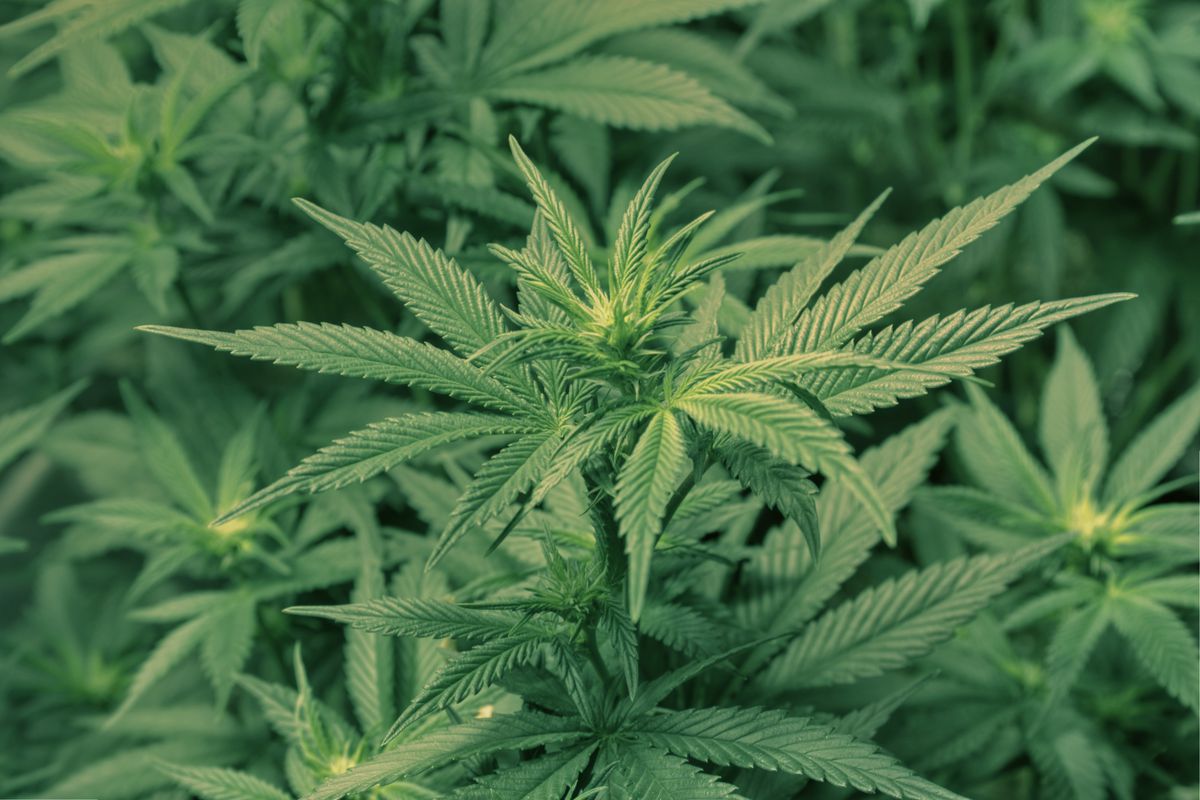Preserving landraces, which are traditional and locally adapted varieties of crops, is of great importance for several reasons, which I am giving below, however When it comes to cannabis , it becomes more important to preserve the landraces because it can grow in different topographic conditions with different traits, . It is used for medicines and other industrial purpose, which can greatly change, because of dioceous nature of cannabis plant.

- Genetic Diversity: Landraces contain a wide range of genetic diversity, accumulated over generations of farming and selection. This diversity provides a valuable resource for breeding programs, as it can be used to develop new crop varieties with improved traits, such as resistance to pests and diseases, tolerance to environmental stresses, and enhanced nutritional content. Preserving landraces ensures that this genetic diversity is available for future use.
- Adaptation to Local Conditions: Landraces are specifically adapted to local environments, including climate, soil conditions, and pests prevalent in a particular region. They have evolved through natural and human selection to thrive in these specific conditions. By preserving landraces, we preserve the genetic traits that enable crops to be resilient and productive in diverse agro-ecosystems, ensuring food security in the face of changing environmental conditions.
- Cultural Heritage: Landraces are deeply intertwined with local cultures and traditions. They carry the history, knowledge, and stories of communities that have been cultivating them for generations. Preserving landraces helps maintain cultural identity, traditional farming practices, and the rich heritage associated with these crops. It also supports the livelihoods of local farmers who rely on landraces for their food and income.
- Resilience and Risk Management: Landraces often possess traits that make them more resilient to pests, diseases, and environmental stresses compared to modern commercial varieties. By preserving landraces, we create a buffer against potential crop failures caused by emerging diseases or environmental changes. They serve as a valuable resource for breeding programs, enabling the development of new varieties that can withstand emerging challenges.
- Nutritional and Dietary Diversity: Landraces often exhibit unique nutritional profiles, including higher levels of vitamins, minerals, and antioxidants compared to modern varieties. Preserving landraces ensures that we have access to a diverse range of crops with varying nutritional attributes. This is essential for addressing malnutrition and promoting diverse and healthy diets.
In summary, preserving landraces is crucial for conserving genetic diversity, promoting local adaptation, safeguarding cultural heritage, enhancing resilience, and supporting sustainable agriculture and food systems. By valuing and protecting landraces, we can secure a more resilient and sustainable future for agriculture and food production.


